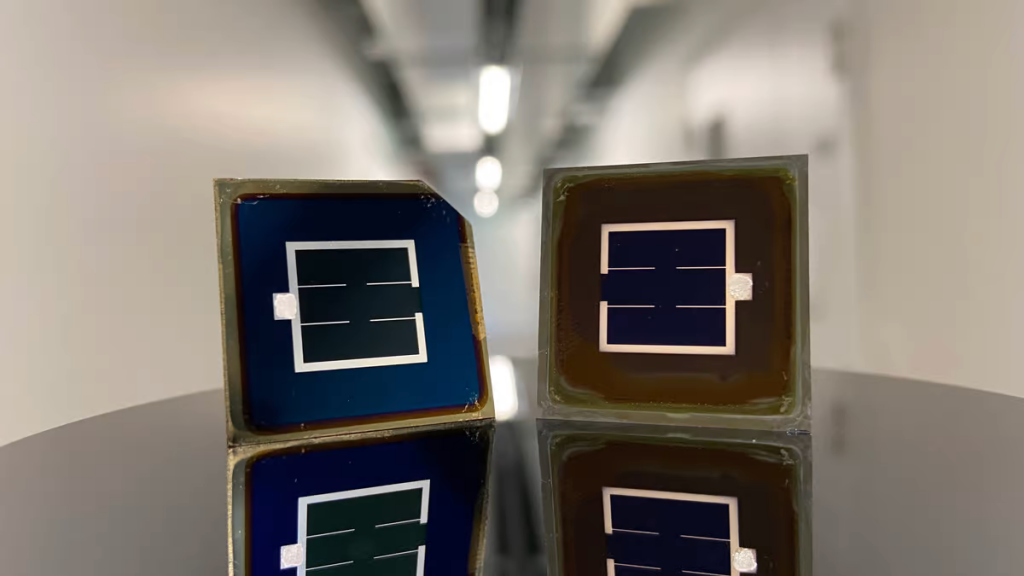Researchers at the King Abdullah University of Science and Technology (KAUST) have developed a perovskite/silicon tandem solar cell that has achieved a new efficiency record of 33.2%, surpassing the previous record of 32.5% held by Helmholtz Zentrum Berlin.
The tandem device was ranked first on the National Renewable Energy Laboratory’s Best Research-cell Efficiency Chart and was certified by the European Solar Test Installation.
The team has been working on the perovskite/silicon tandem cell concept since 2016, overcoming various challenges and perfecting the design. The tandem device is made up of two-sided, textured silicon bottom cells and perovskite top cells, which maximizes the absorption and conversion of solar energy into electricity.

With the current industry forecast anticipating that tandem perovskite/silicon technologies will account for more than $10 billion of the worldwide photovoltaic market share by 2032, the breakthrough of KAUST’s perovskite/silicon tandem solar cell presents a promising alternative to traditional crystalline solar cells.
“We are confident that this technology will revolutionize the future of renewable energy, allowing for cleaner and more efficient solutions to power the planet,” said Dr. Stefaan.

The team is investigating ways to scale up the production of perovskite/silicon tandem cells for commercial use with an area of more than 240 cm2 as well as techniques to create tandem devices that are incredibly stable and can pass stringent industrial stability procedures.

The breakthrough of KAUST’s perovskite/silicon tandem solar cell serves as a testament to the potential of the technology to deliver ultra-high-performance photovoltaic modules, which is critical to rapidly achieving renewable energy goals towards combating climate change.


